Clay soil can be a gardener’s worst nightmare and is the reason why many gardeners resort to planting in containers and raised beds. But just because you have clay-heavy soil doesn’t mean that you can’t grow a successful inground garden too!
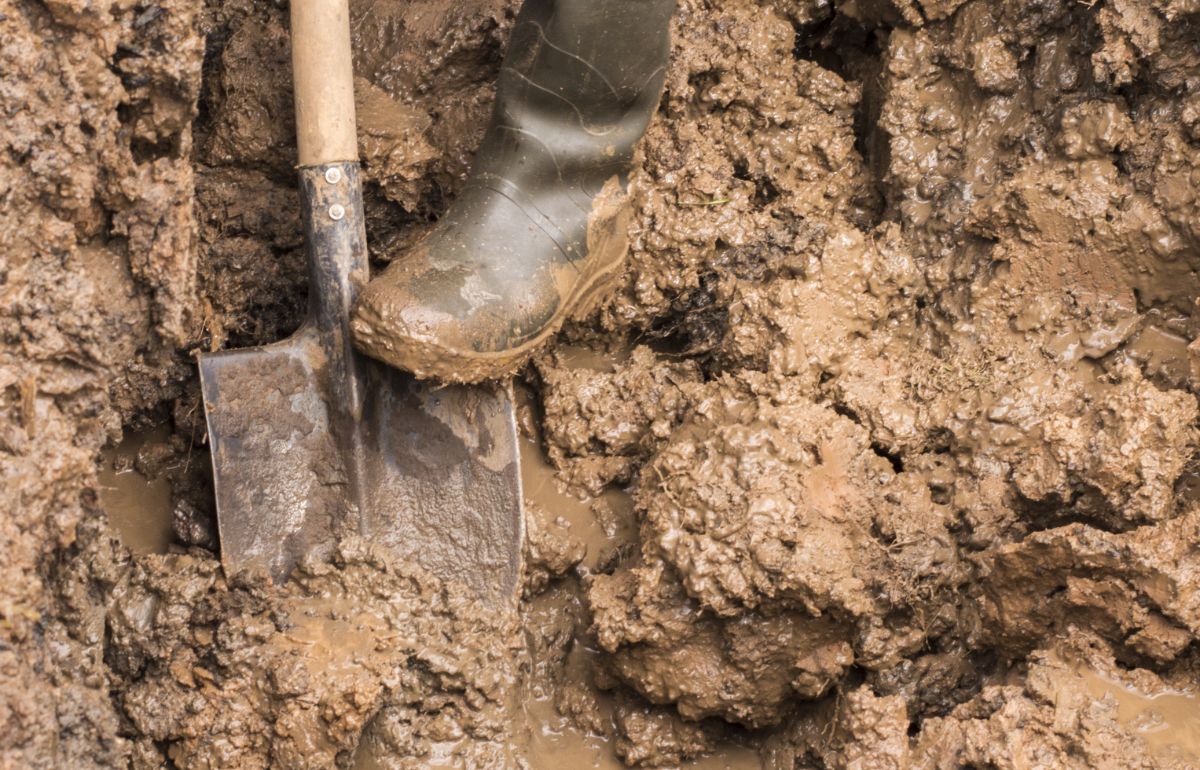
Clay soil is known for being extremely heavy, compact, and dense. Composed of smaller particles than sandy soil and other soil types, clay soil also doesn’t drain well, which can result in soggy gardens and waterlogged plants. And when clay does finally dry out, it usually forms a hard crust at the soil surface that can be difficult for any plants but the toughest weeds to grow through.
All of these qualities help explain why clay soils don’t make ideal growing conditions for most plants. But the good news is that there are ways to improve your clay soil and grow a lush harvest. In the tips below, we’ll walk you through how to enhance clay soil and how to work with the soil you have.
Jump to:
- How to tell if you have clay soil?
- 10 tips for gardening in clay soil
- 1. Add organic matter
- 2. Use mulch
- 3. Plant cover crops
- 4. Grow the right plants
- 5. Practice “no-dig” gardening methods
- 6. Avoid soil compaction
- 7. Go organic
- 8. Consider adding drainage
- 9. Try out raised beds
- 10. Avoid adding sand
- Frequently asked questions
- Summary
How to tell if you have clay soil?
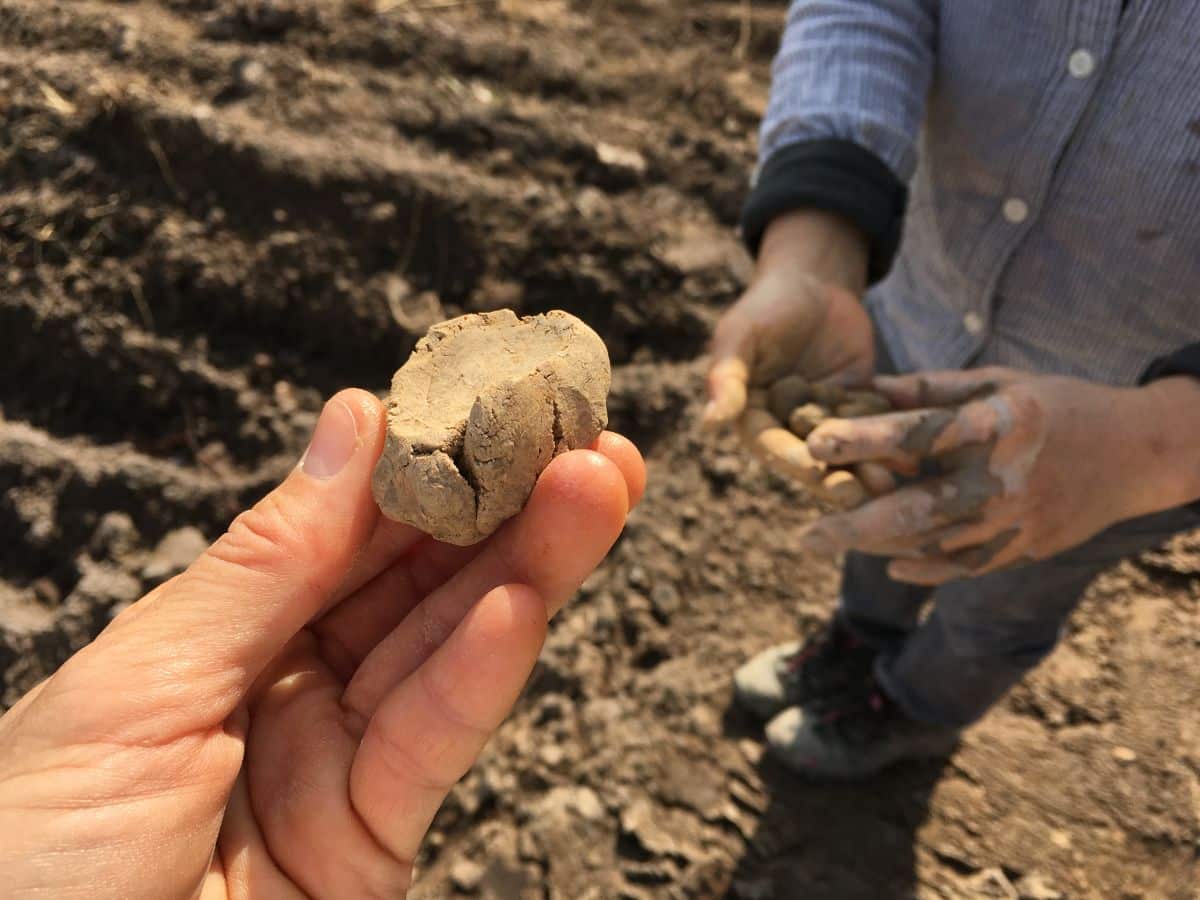
The best way to be sure if you have clay soil or not is to have your soil tested by your local cooperative extension office or a similarly reliable resource. But if you don’t want to pay for a soil test, you can get a pretty good idea of what type of soil you have with a simple home test too.
To do this, you can test a handful of your soil with either the jar test or the ribbon test.
Alternatively, you can do a simplified ribbon test by dampening a handful of your garden soil and then squeezing it in your first. Clay soil will easily clump together and form a moist ball that will feel relatively smooth to the touch. Soil with more sand particles won’t be able to form a ball well and will feel gritty.
10 tips for gardening in clay soil
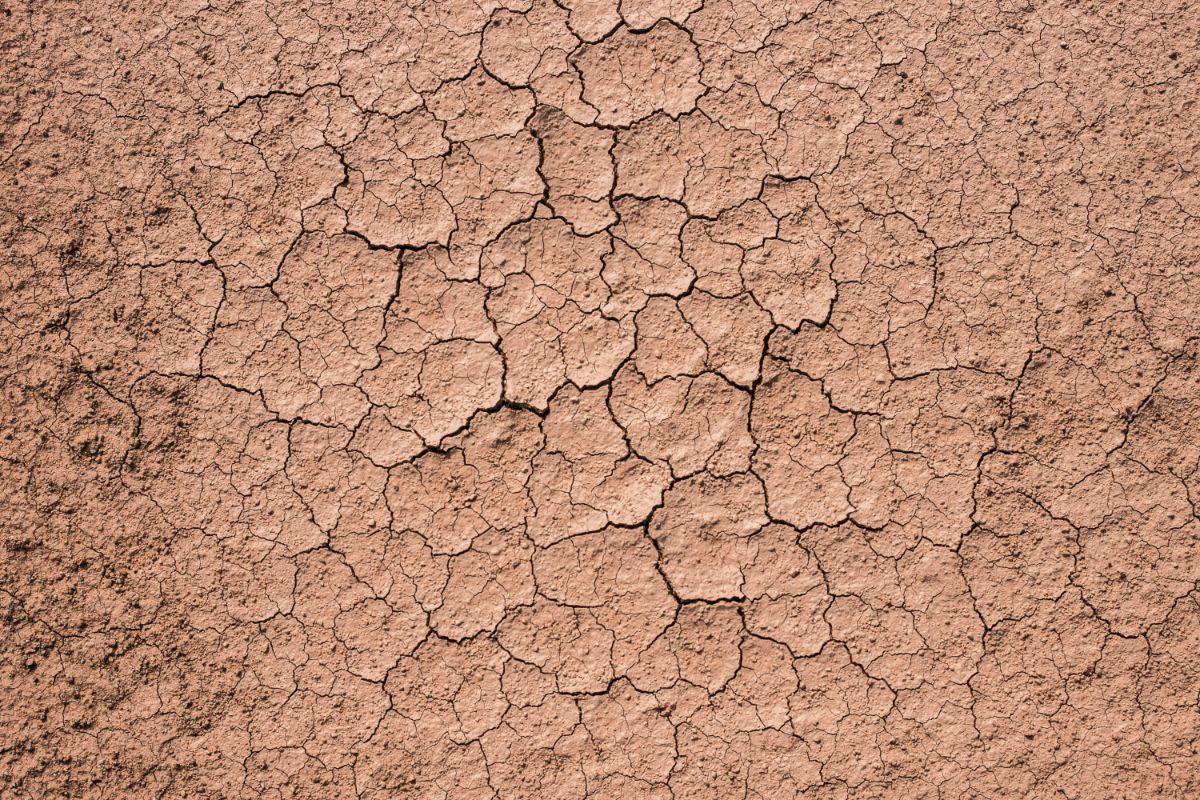
Once you’ve determined that you have clay soil, you’ll probably want to amend your soil to make it better suited for growing plants. In the tips below, you’ll find suggestions on how to amend your soil and how to adapt your gardening to the soil type you have.
1. Add organic matter
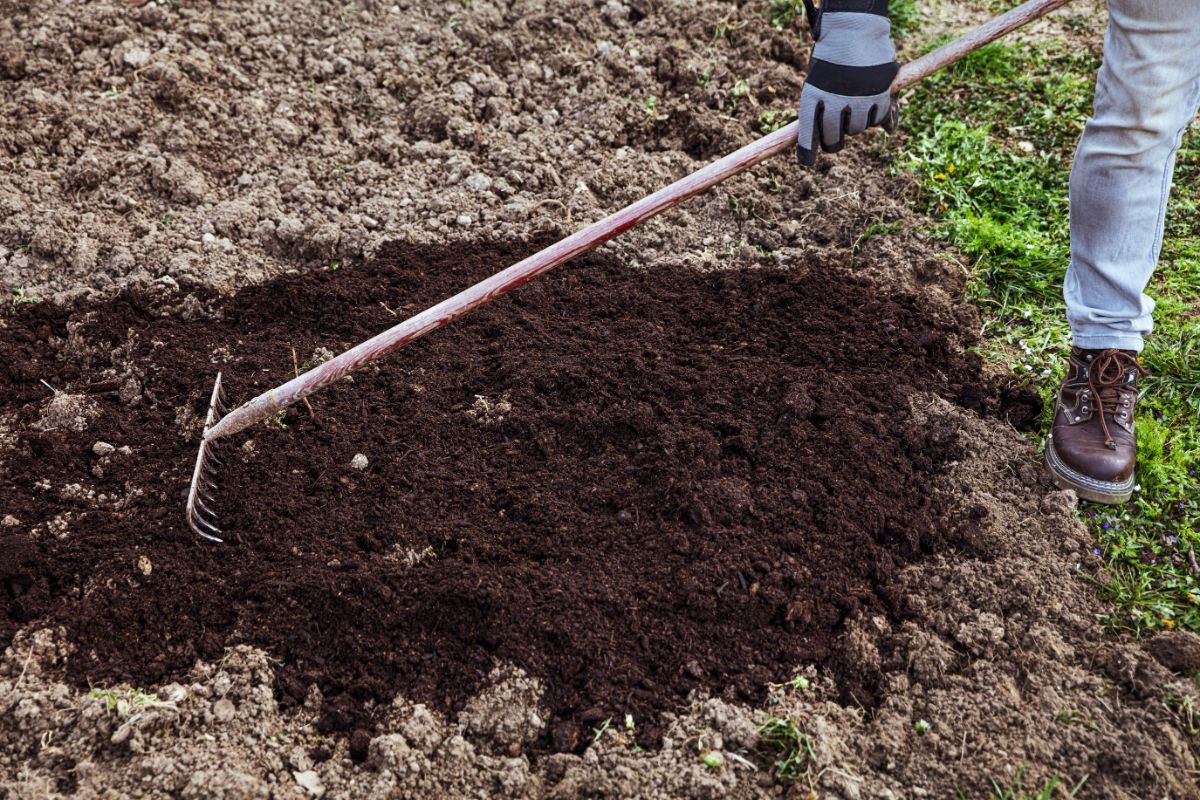
Clay soils are composed of very small particles, which keep water from draining properly. This, in turn, can result in waterlogged soil that becomes heavy and compacted. To remedy this, the single best thing you can do is add organic matter to your clay soil.
Compost or aged manure have larger particles than clay soil. When mixed into clay soils, these products contribute much-needed air space and improve water flow. They also help lighten compact soils, making it easier for plant roots to penetrate deeper.
Compost or aged manure can be added to your garden from spring through fall. You can also add fresh manure to your garden space, but it should be added only in autumn to give it enough time to break down properly before you start planting.
To improve your soil with compost or manure, add 3 to 4” of these materials to the top of your garden beds. Then mix them into the top 6 to 8” of your garden soil with a shovel or tiller.
Note: No-till gardening methods are generally recommended for clay soils. However, if you’re starting a new garden and you have clay soil, tilling organic matter into your soil can help you create a more successful garden from the outset. After establishing your garden, avoid tilling your soil, which may contribute to soil compaction in the long run.
2. Use mulch
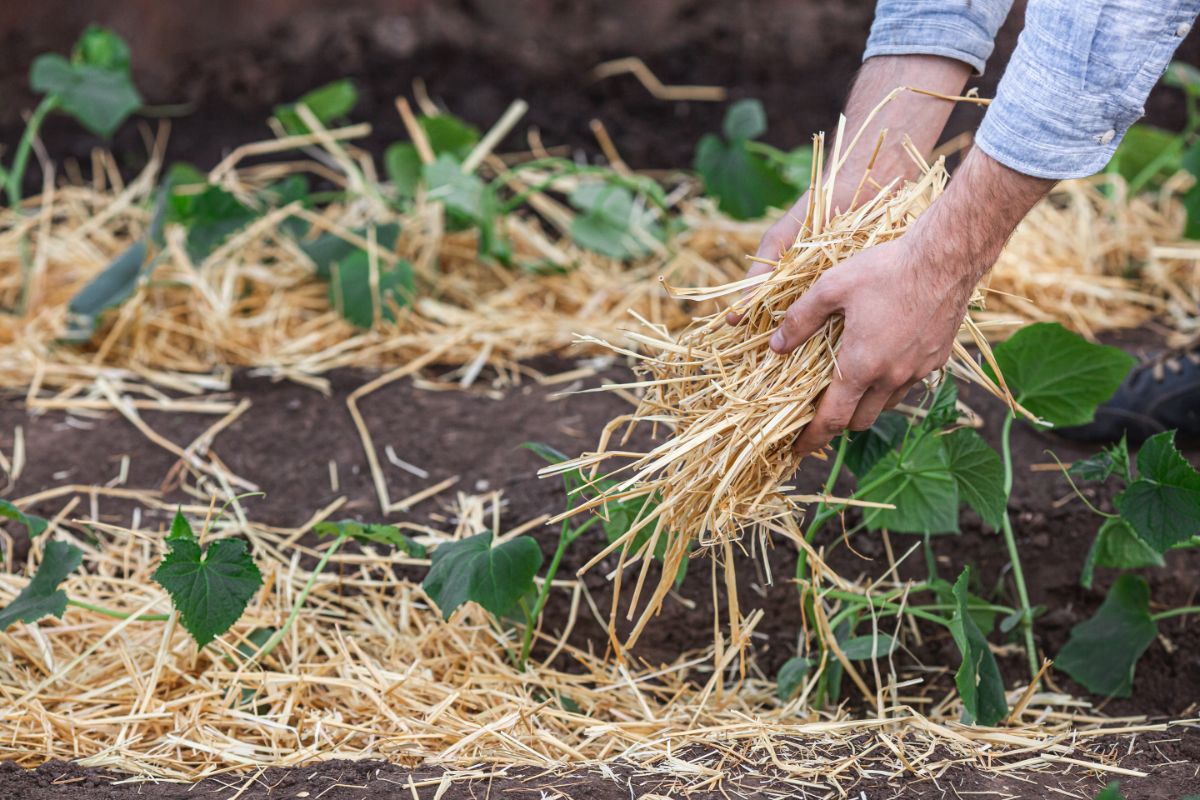
Natural mulches, like mulched autumn leaves, weed-free straw, and salt marsh hay, contribute vital nutrients to your garden soil as they degrade. Once broken down, mulches will also help to add air space and lighten up dense clay soils.
Additionally, keeping your soil covered with mulch can prevent soil compaction by shielding the earth from heavy rain. A thick layer of mulch can also help keep clay soil from cracking and forming a crust in hot weather. And don’t forget; mulch will also provide more desirable habitat for earthworms and beneficial microorganisms that will improve soil health and naturally aerate compacted, clay soils.
To apply mulch, use 3 to 4” of your favorite natural mulch. Refresh your mulch as your old mulch degrades with a new layer of mulch, grass clippings, or chopped autumn leaves. It’s particularly important to add mulch before winter to shield your garden from driving rains, strong winds, and erosion.
3. Plant cover crops
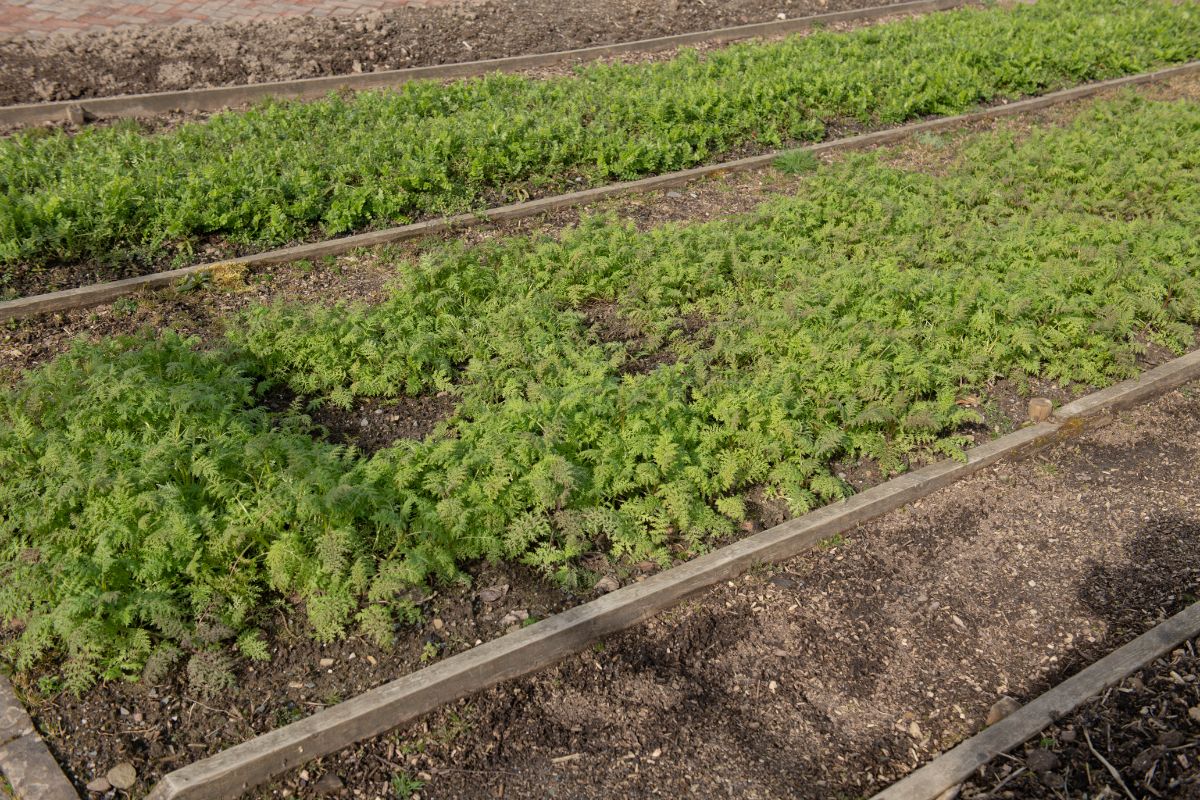
Like mulch, cover crops protect the top surface of your garden soil and can ward against erosion and soil compaction. Cover crops can also help aerate dense, clay soils as their vigorous root systems develop and dig further into your garden beds.
What cover crops you choose to grow is up to you, but if you’re new to using these “green manures” it’s a good idea to look for “winter kill” cover crops. These seed varieties aren’t winter hardy and will die off in winter, so you won’t need to worry about them becoming weeds in your spring garden. You can find out more about different cover crop varieties with this helpful chart.
For clay soils, it may be beneficial to opt for cover crops that develop long tap roots, which can help break apart and aerate your soil even further. Crops like alfalfa, daikon radishes, and fava beans can be especially well-suited for this soil type.
4. Grow the right plants
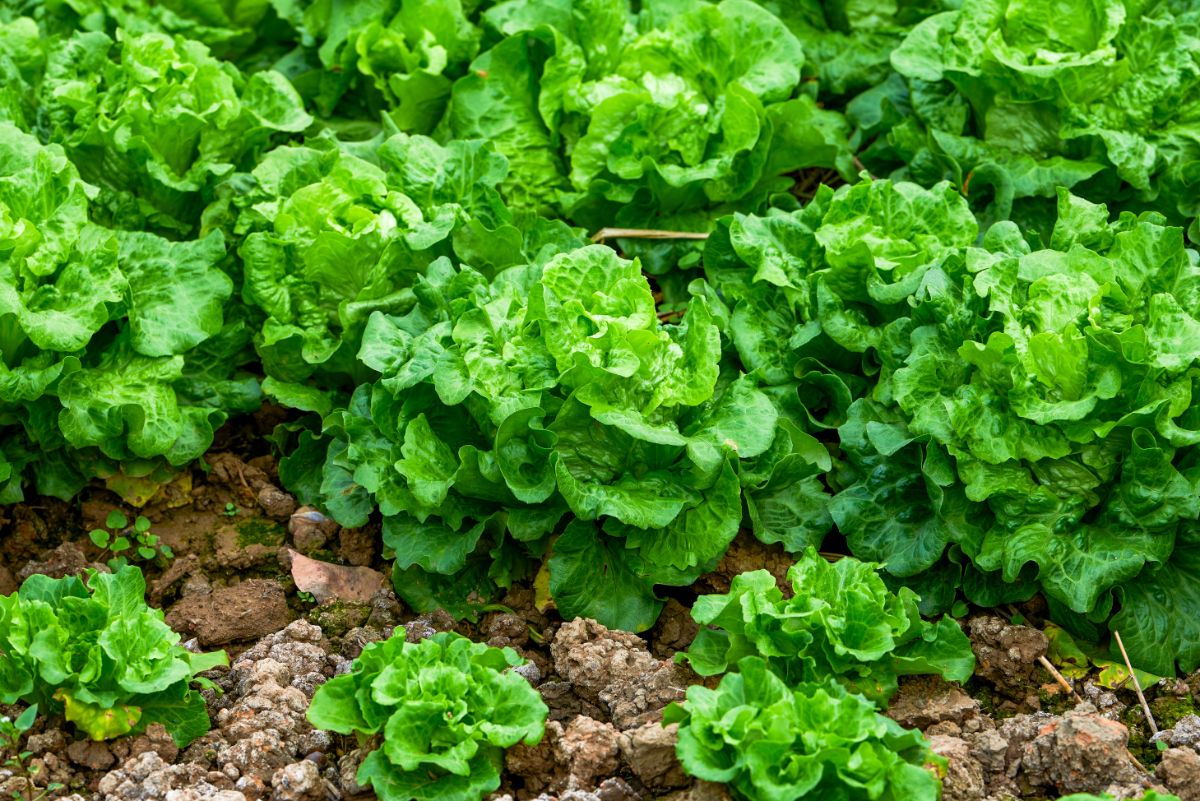
Clay-rich soil is heavier and denser than other soil types, so it may not be the best choice for root crops, such as carrots or beets. After improving your clay soil with organic matter, you may be able to grow these vegetables successfully. However, long tap roots can still be negatively affected by dense soils, and they may not grow as large.
Instead, try growing plants with shorter root systems, such as lettuce and leafy greens. These adaptable plants grow quickly, and their roots are better able to handle denser soils.
Fast-growing beans, peas, and other legumes can also grow quite well in clay-rich soils. Even better, the nitrogen-fixing abilities of these plants will naturally improve your clay soils and add valuable nutrients to support plant growth.
Because clay soils don’t drain as well as sandy soils, they hold moisture more readily. This can spell disaster for plants, like lavender, that don’t like a lot of water. But water-loving brassicas, such as broccoli, Brussels sprouts, and cauliflower, can often be grown successfully in clay-rich soils.
5. Practice “no-dig” gardening methods
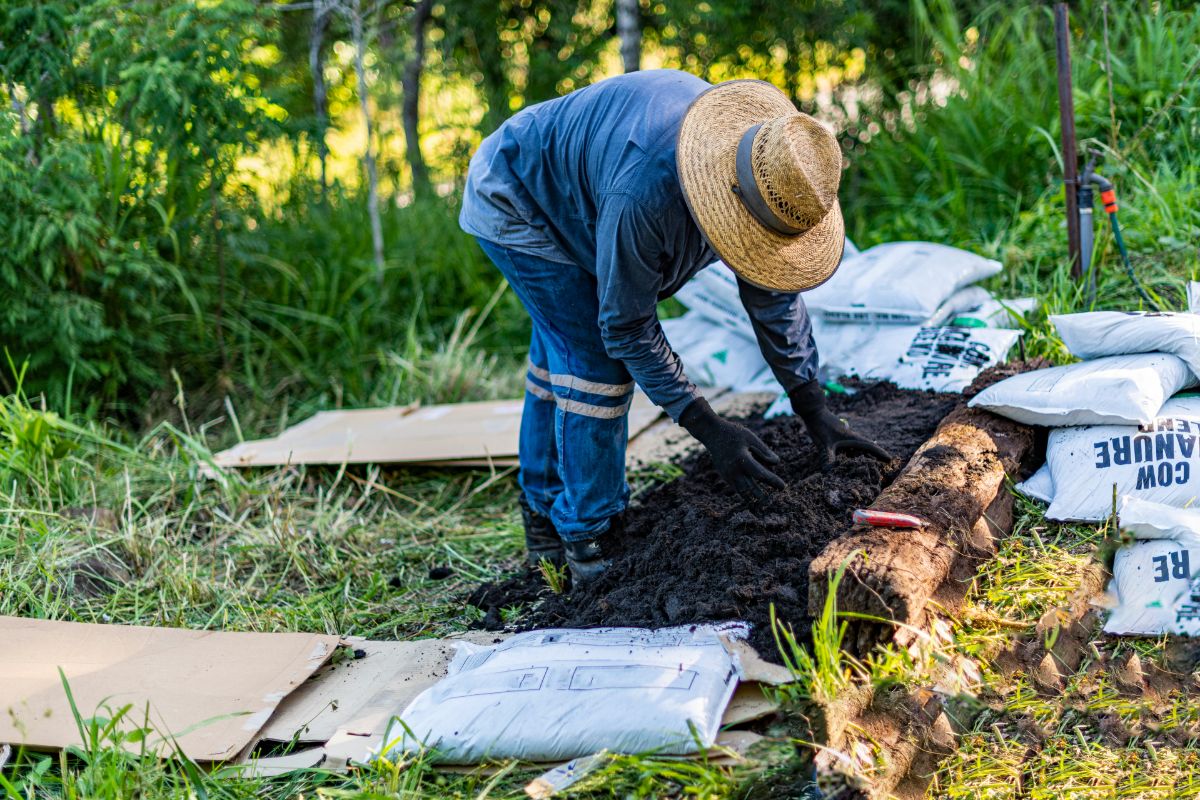
Tilling, digging, and aggressive weeding in your garden can disturb your soil structure, increase the erosion of topsoil and ultimately lead to more pronounced soil compaction. If you already have dense, clay soil, this is the last thing you want! Instead, “no dig” gardening practices will help build your soil quality over the long run and may permanently improve clay soil.
The book Weedless Gardening by Lee Reich has some very helpful tips for going “no dig” and it’s a great resource for new gardeners. However, if you’re just getting started, try avoiding tilling your garden and build the soil upwards instead. That means layering on an annual application of compost and mulch onto your garden beds, which will enhance your soil as they naturally degrade.
Beyond this, try to keep digging to a minimum and opt for less invasive weeding techniques, such as using weeding forks and hori-hori that don’t disturb as much soil as hand trowels and shovels.
6. Avoid soil compaction
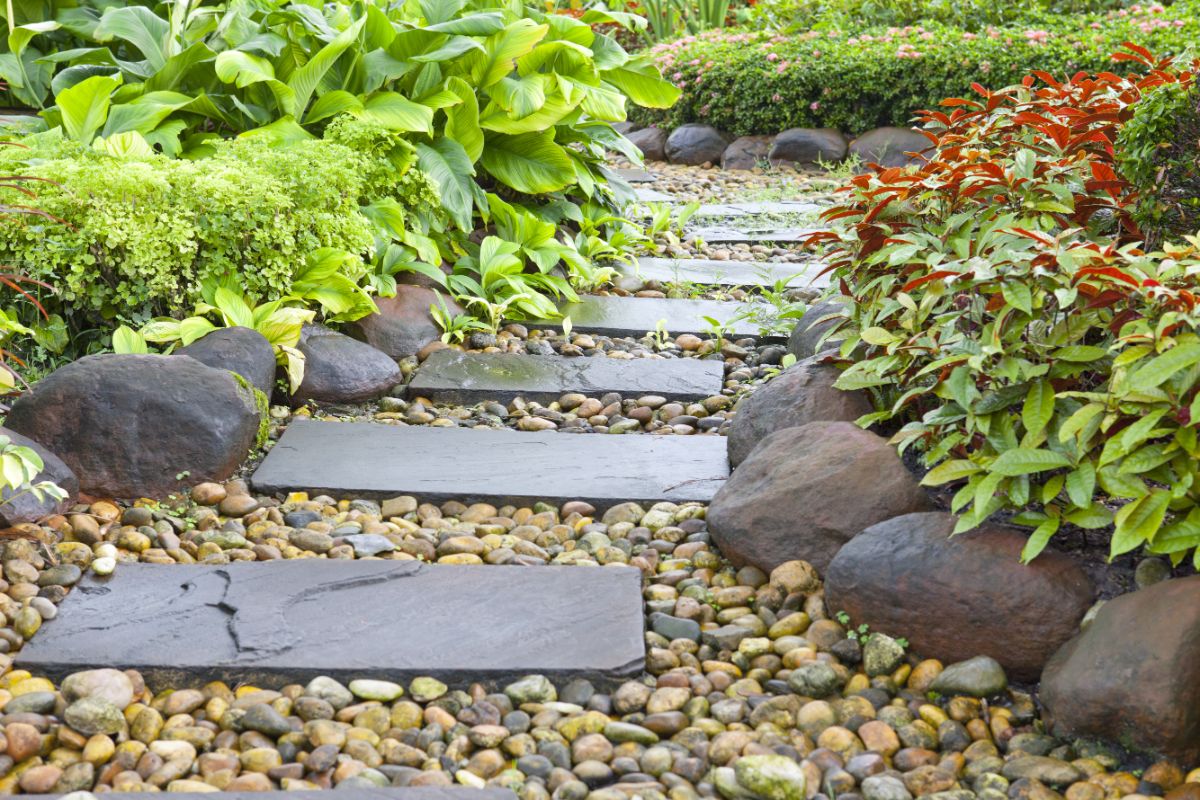
Clay soil is already dense, so you want to do everything you can to avoid compacting it even further. If you can, try to install walkways throughout your garden beds and only walk on those. By not stepping on your soil, you can limit how much you compress it.
Similarly, if you can, don’t drive on your lawn, and keep the usage of heavy gardening equipment to a minimum. These tactics, combined with the weedless gardening methods listed above, can promote a lighter soil structure that drains better and supports improved root development.
7. Go organic
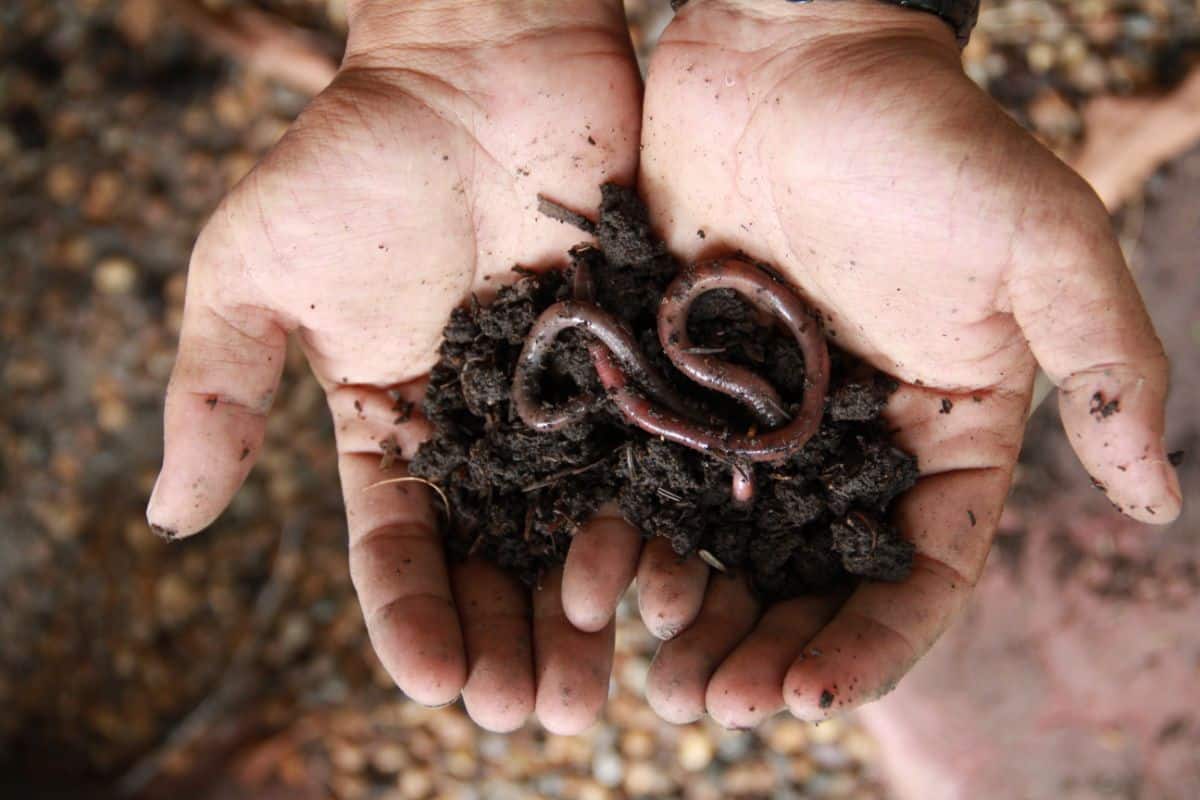
Earthworms and other beneficial insects and microorganisms in your soil can naturally help break apart compact soil and aerate your garden beds. However, these creatures are often negatively impacted by certain pesticides.
To keep your soil as healthy as possible and to support these beneficial critters, avoid chemical pesticides as much as possible. Instead of sprays and powders, try using companion planting or floating covers to keep your plants safe. If you do need to treat your plants, opt for less invasive products, such as organic insecticidal soaps and neem oil sprays.
8. Consider adding drainage
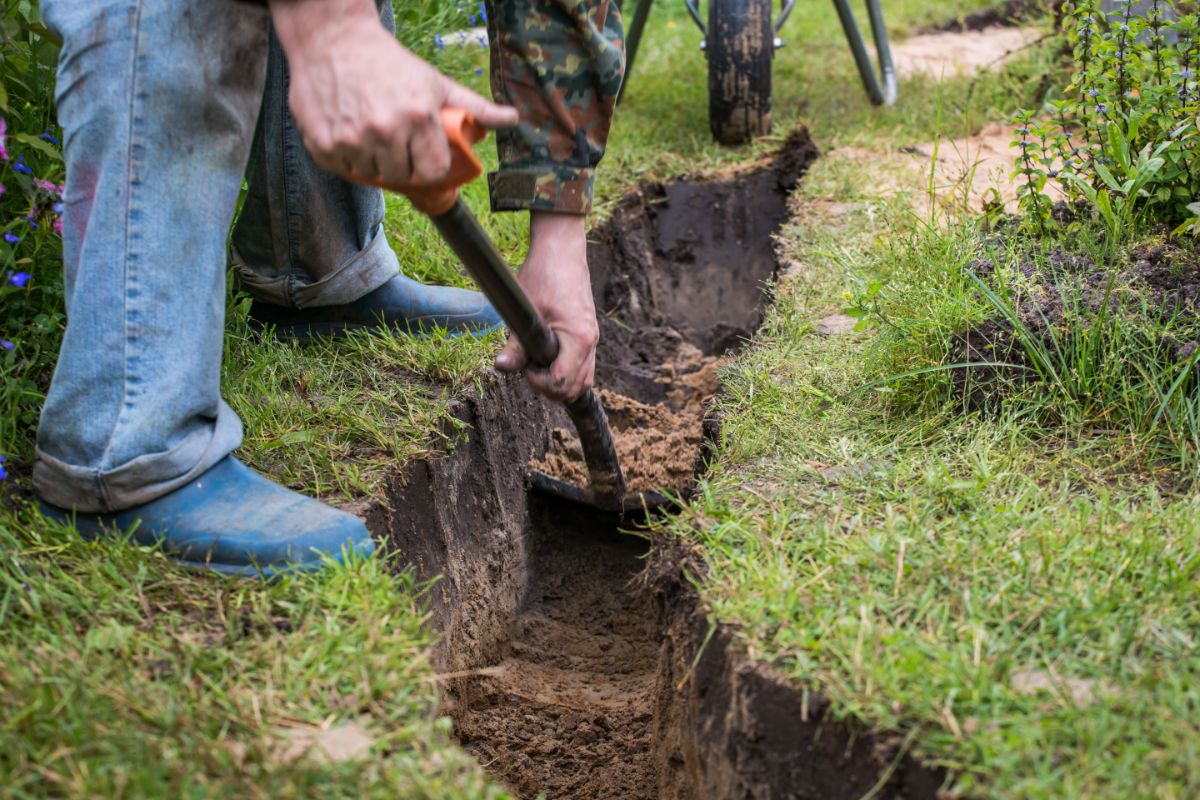
Soil with a lot of clay in it is well known for being soggy and poorly draining. So, if your garden beds are particularly soggy or there are lower spots in your lawn that tend to hold water, you may want to create drainage ditches to keep water from pooling.
How much drainage you need to add will depend on your gardening space, but adding trenches or grading your lawn slightly can do wonders for soggy spots. This works particularly well when combined with improving your soil with added compost or manure.
9. Try out raised beds
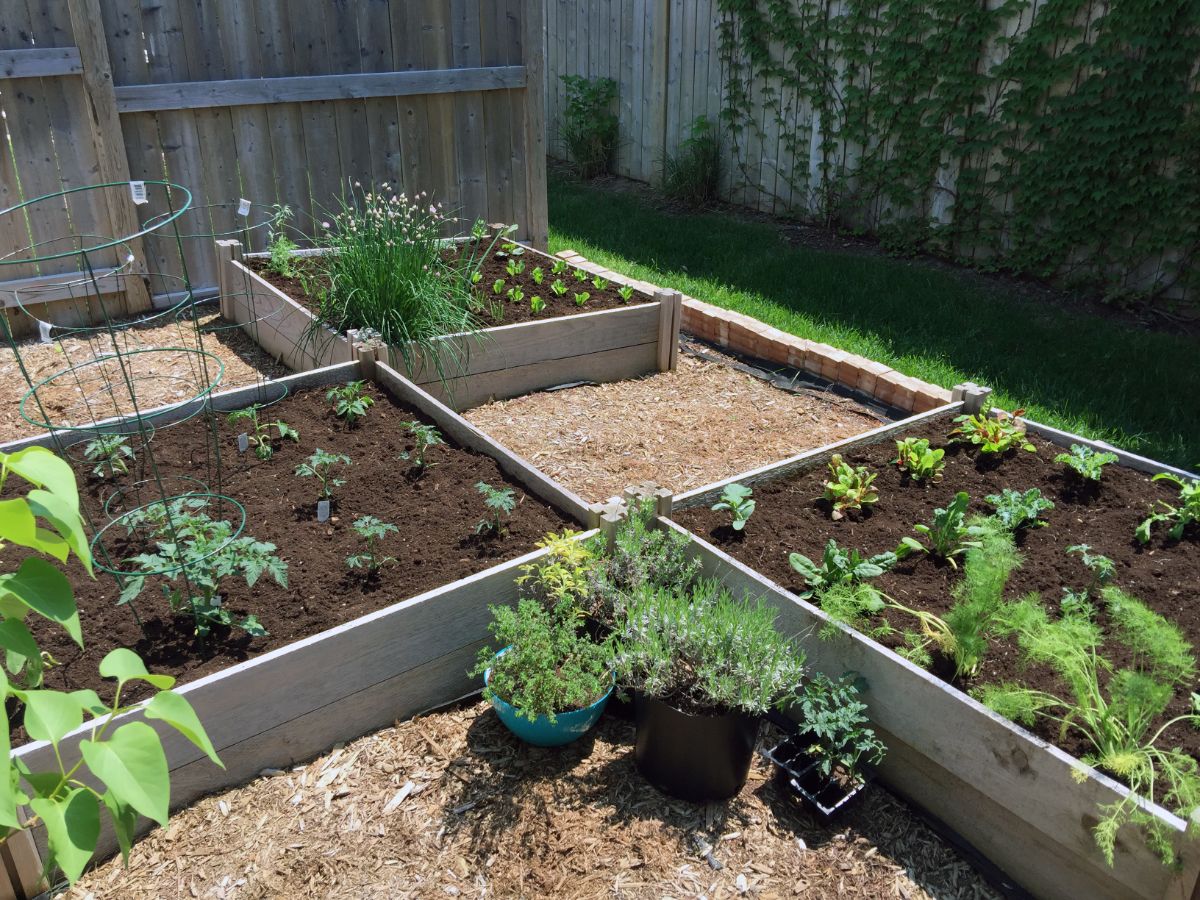
If you don’t want to work with your existing clay soil or it remains dense and compacted despite your best efforts, raised beds and container gardens can be the solution to your gardening woes. Building raised beds or adding container planters will allow you to choose the gardening mix you’d like to grow your plants in, and you won’t need to worry about soggy or compact clay.
The problem with raised beds is that they can get expensive quickly, as you will likely be trucking in your soil from a local landscape company. If you used bagged soil from gardening centers, this process can get even more expensive. That said, if you don’t want to deal with clay, raised beds will help.
Growing in raised beds has the added benefit that soil will warm up quicker in spring, which means you’ll get to start planting sooner. This can be particularly beneficial with clay soils, as clay tends to take longer to defrost in spring than other soil types.
Even if you don’t opt to grow your garden in raised beds, you can help your soil to defrost earlier after winter by hilling your garden. These raised mounds of earth warm up sooner in spring and may be able to extend your growing season by a few weeks.
10. Avoid adding sand
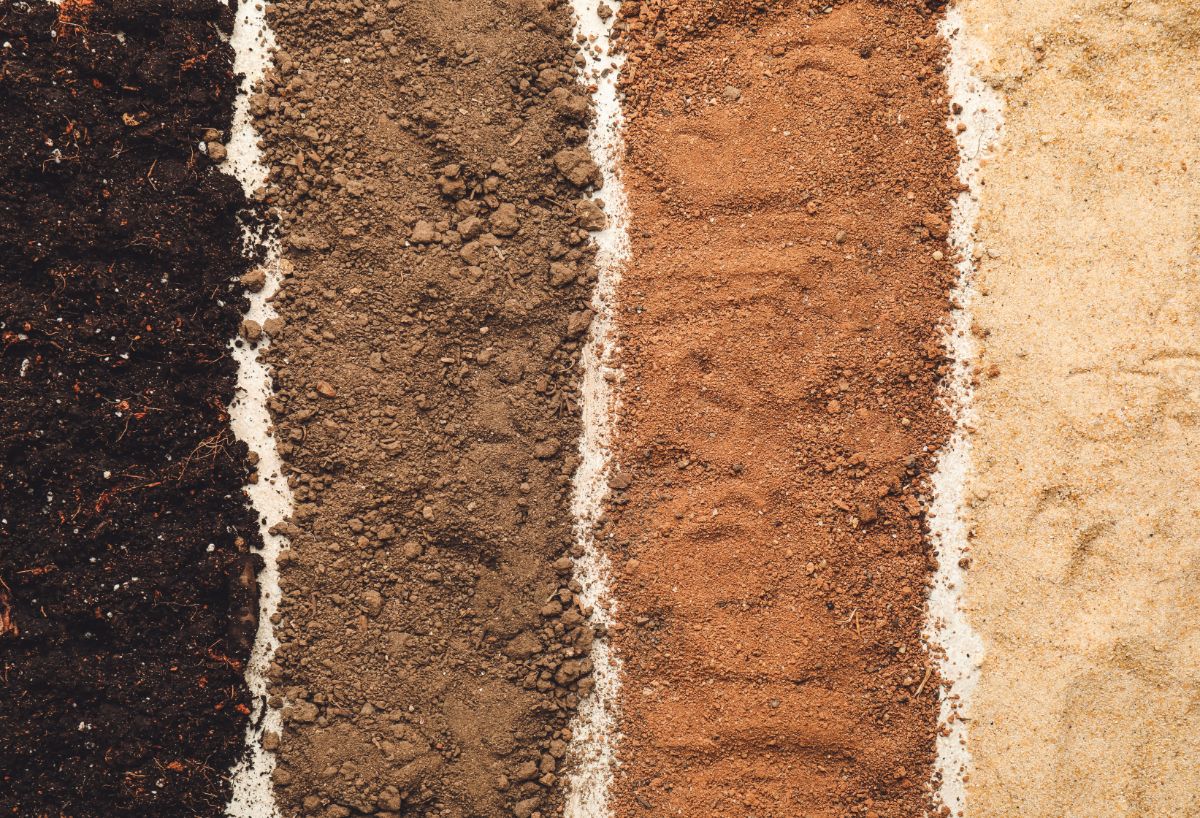
It’s a common misconception that you can improve clay soil by mixing in the sand. Don’t do this. When combined, clay and sand can create a concrete-like soil texture that is very dense and difficult to garden in.
Instead of adding sand to your clay soil, make your garden beds more workable by blending in organic matter. Whether that’s compost, manure, leaf mold, weed-free straw, or some other organic material, these products are all better additives to clay gardens than sand.
Frequently asked questions
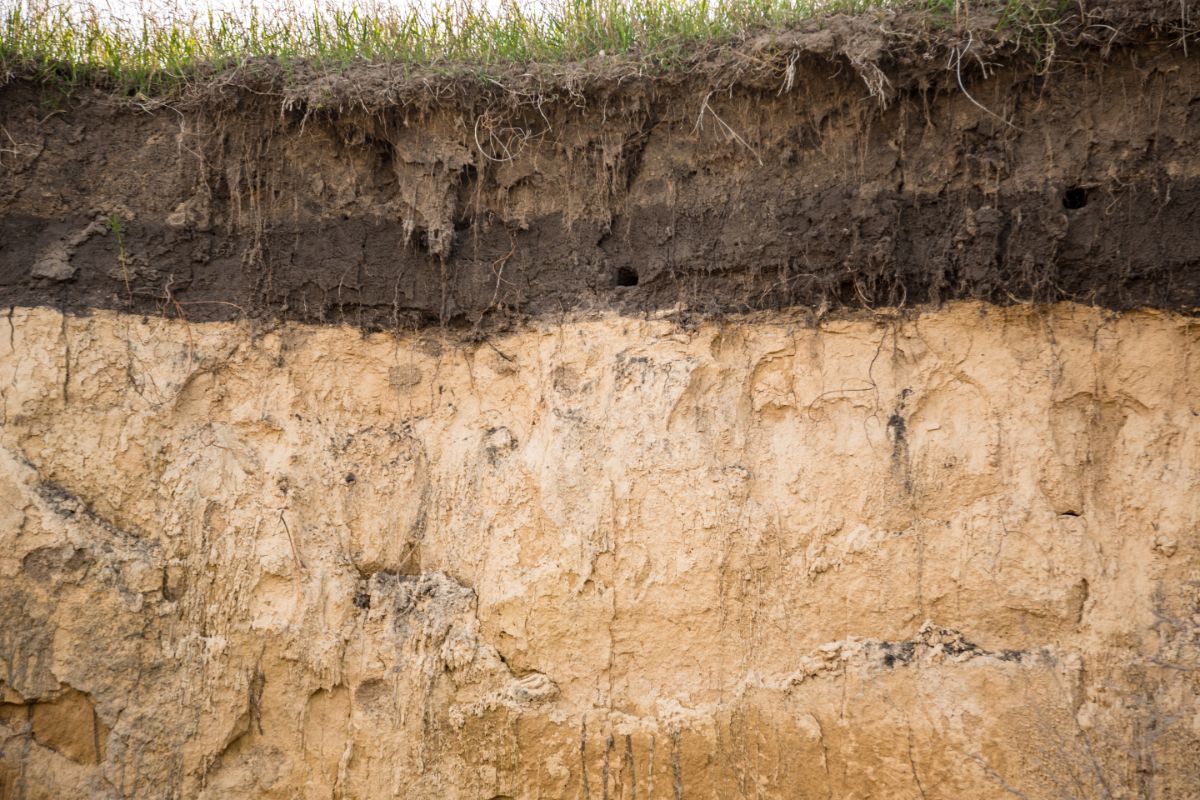
Adding organic matter, such as compost or aged manure, is the best thing you can do to improve dense, clay soils. When mixed into clay soil, organic matter can improve water drainage and help counteract soil compaction that would otherwise limit plant growth.
Plants with shallow root systems, such as lettuce and leafy greens, can often grow in soils with a higher concentration of clay. Beans and peas, as well as broccoli and other cruciferous vegetables, are also better suited to clay soil types, as they grow fast and can benefit from the higher moisture content in clay-rich gardens.
Clay soil is often too heavy and soggy to support plant growth. Instead, try enriching your soil with organic compost or aged manure before planting, as these materials will improve your soil structure and help you grow healthier plants.
Yes, they do! As earthworms move through your garden soil, they leave behind air pockets and loosen the soil up. This naturally aerates your soil and makes it easier for plant roots to grow and develop.
No, this is a common misconception. Adding sand to clay soil can actually create a concrete-like texture and make your garden problems even worse! Instead, try adding organic material, like compost, to improve clay soils.
Clay soils are often too dense and compacted to support root development, and root vegetables will grow stunted and deformed as a result. If you have clay soil, mix organic matter into it before planting and consider growing vegetables with shorter root systems, such as cruciferous vegetables, lettuce, and other leafy greens.
Summary
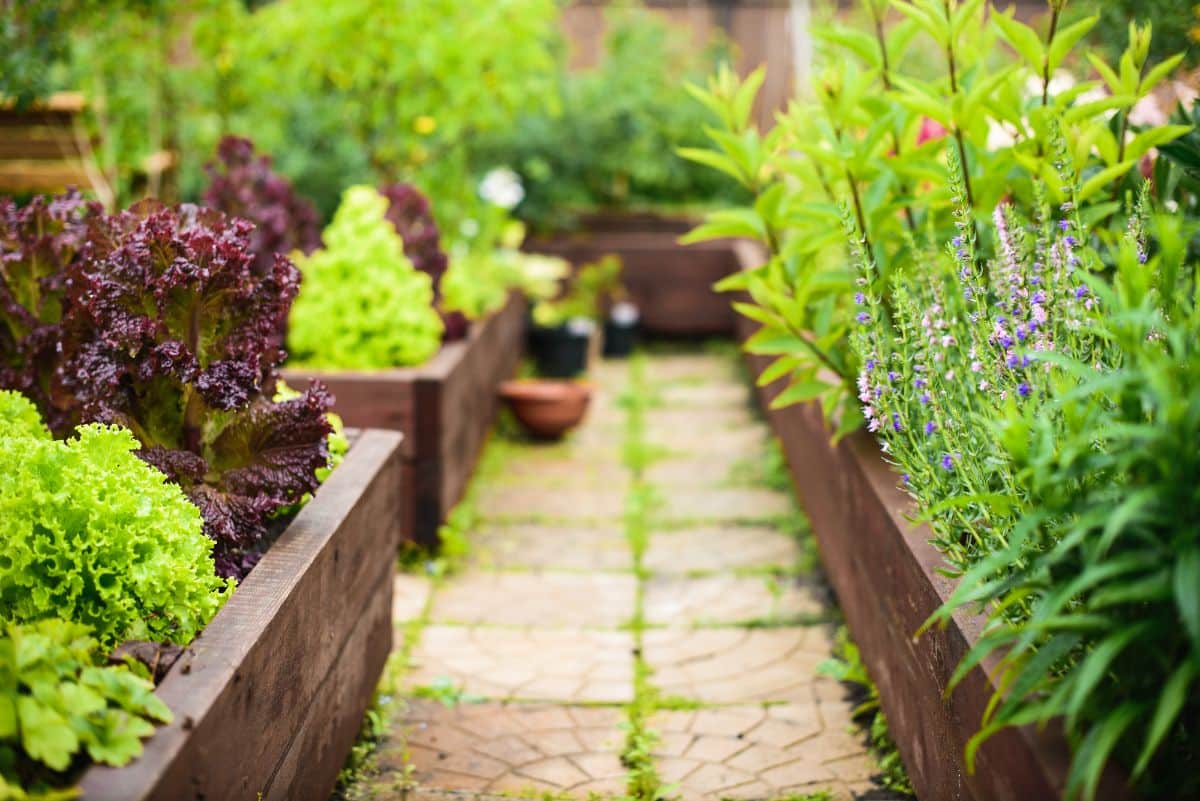
Due to its density and poor drainage abilities, clay soil can be a huge headache for the home gardener. But there are plenty of ways to improve and learn to work with clay soils. These tactics will help you to grow a successful garden, no matter your soil type.
From improving your soil with mulch and compost to learning to adapt with “no dig” gardening methods, you can boost the structure of your clay soil with a few basic steps. And once you do, you’ll be happy you put in the effort as you’ll be able to grow a wider variety of plants, and your gardening chores will be much easier to accomplish!
Mixing manure or compost into clay soil is the surest way to improve this soil type. While you can purchase both of these additives premade, you can also learn to make your own compost with our backyard composting guide or read up on how to work with manure.

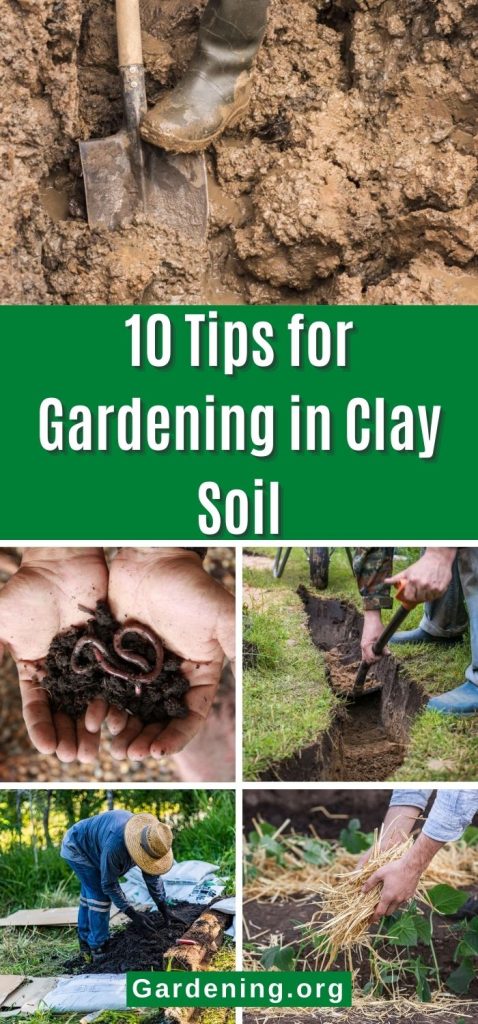
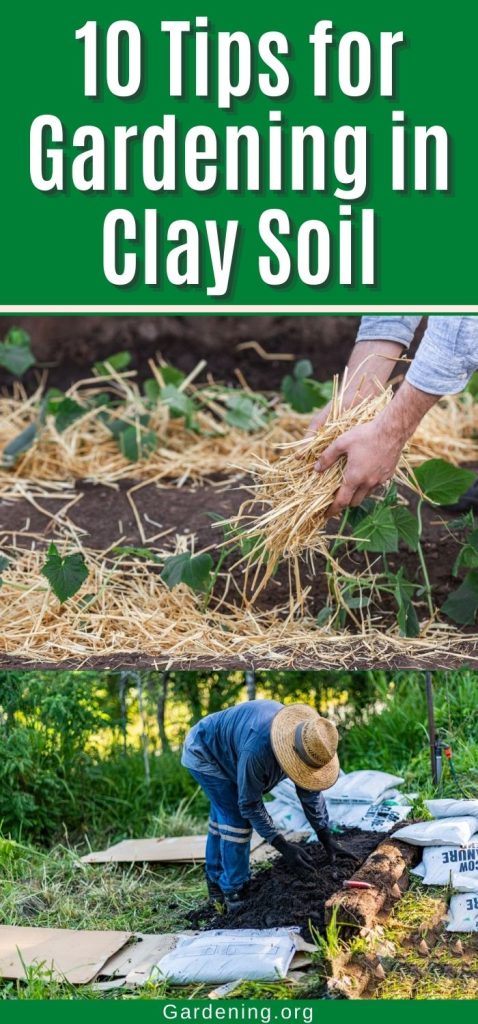
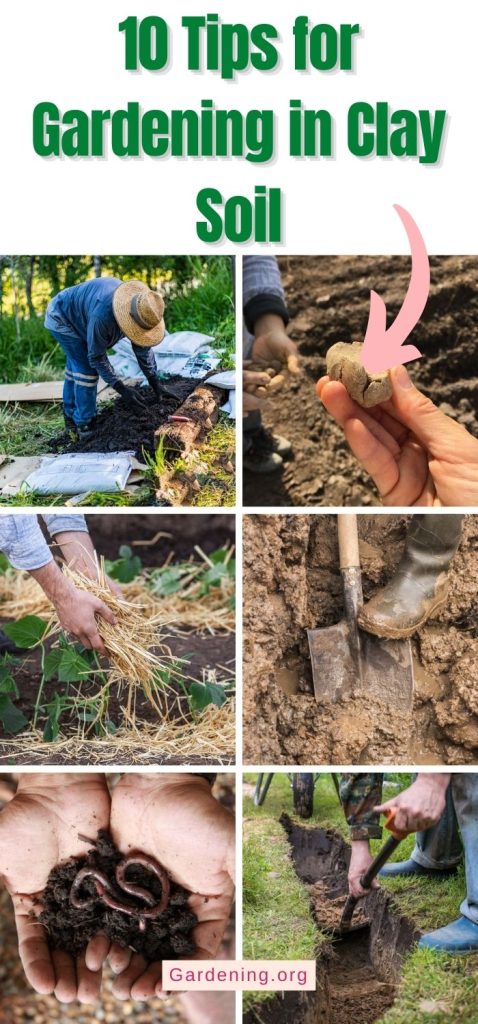
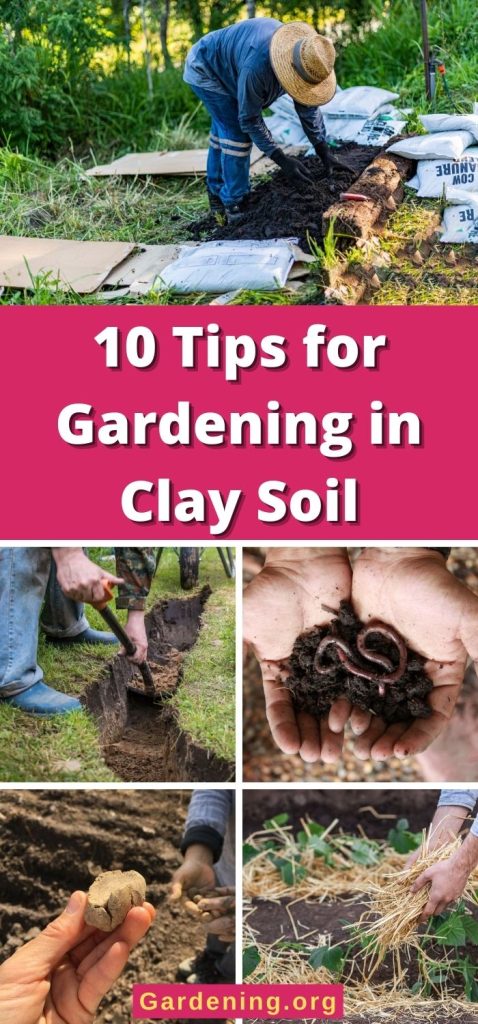
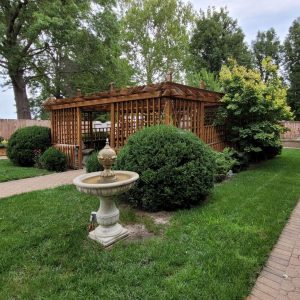
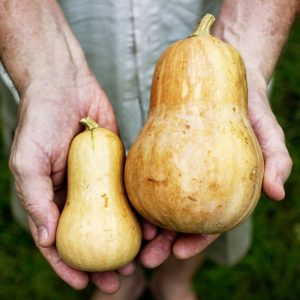
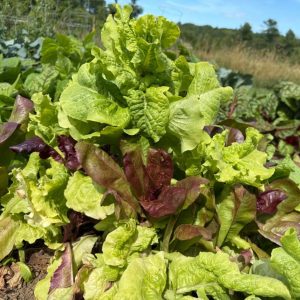
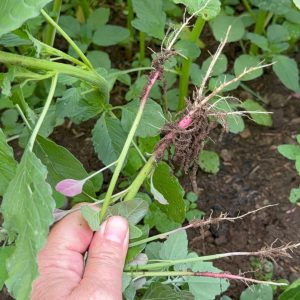
Leave a Reply